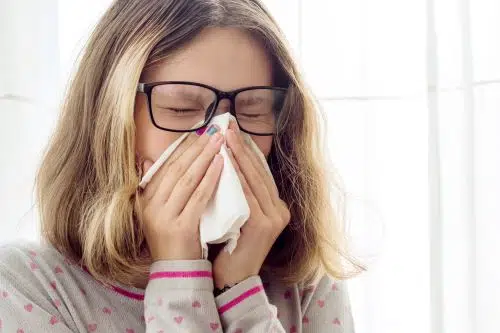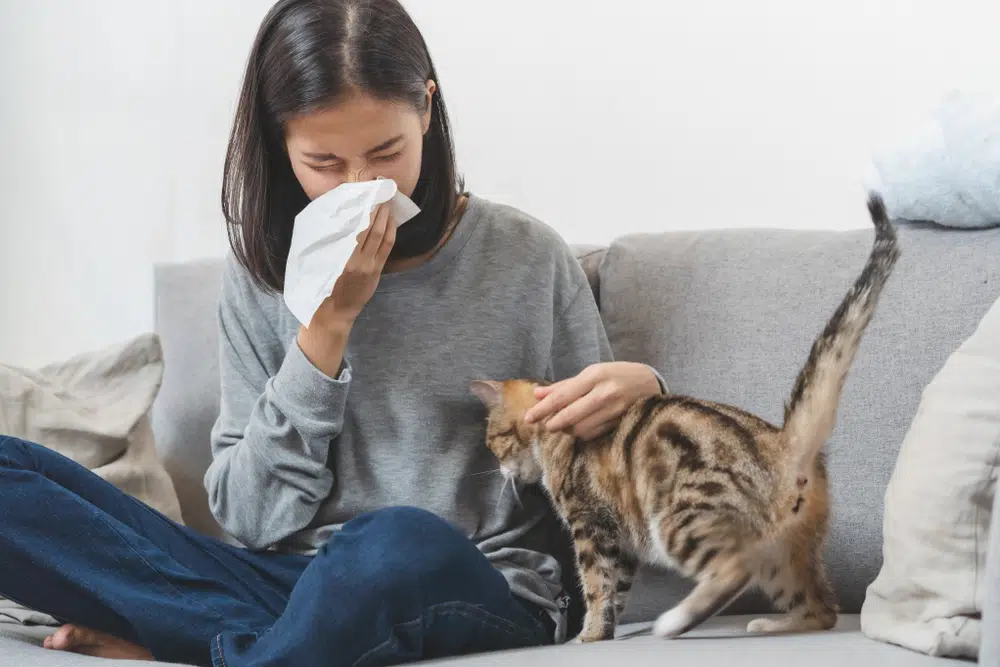Home » Blog » Pet » Pet Parenting Lifestyle » Cat Allergies! Dog Allergies! What to Do?
Categories
Tags
animal welfare
breed profile
buying a car
buying a pet
Car
car accessories
car care
car features
car insurance
Car safety
car sales
car service
cat
cat behaviour
cat body language
Cat Breeds
cat food
cat insurance
comprehensive car insurance
Dog
Dog Behaviour
dog body language
Dog Breeds
dog food
Dog Insurance
dog training
eco friendly cars
Kitten
New Car
pet accessories
pet activities
Pet Adoption
pet breeders
pet days of the year
pet fun stuff
Pet Health
pet insurance
pet parenting
Pet Safety
pet services
Puppy
rescue pets
road safety
road trip
safe driving
Recent Blog:
Facebook Posts
1 day ago
Ever wonder if your insurance will cover stolen valuables if your car is broken into? Find out about contents and car insurance here.![]()
![]() Does Insurance Cover Valuables Inside Your Car? -
... See MoreSee Less
Does Insurance Cover Valuables Inside Your Car? -
... See MoreSee Less
Does Insurance Cover Valuables Inside Your Car?
bit.ly
Do you ever wonder if your car insurance will cover stolen valuables if your car is broken into? When it comes to contents cover and car insurance, it's4 days ago
Need to keep Fido safely contained without breaking the bank? Here are some DIY dog fence ideas to inspire you.![]()
![]() DIY Dog Fence Ideas for Your Backyard - bit.ly/4bbGVml
... See MoreSee Less
DIY Dog Fence Ideas for Your Backyard - bit.ly/4bbGVml
... See MoreSee Less
www.pd.com.au
5 days ago
Whether the woman in your world is a hooman, cat mum or dog mum (or a combination) there are heaps of fun ways to celebrate. From tail-ored goodies to purrrfect places to go, we've rounded some up. Here's when and how to celebrate pet Mother's Day in Australia.![]()
![]() Top Ways to Celebrate [Pet] Mother's Day in Australia -
... See MoreSee Less
Top Ways to Celebrate [Pet] Mother's Day in Australia -
... See MoreSee Less
Top Ways to Celebrate [Pet] Mother's Day in Australia
www.pd.com.au
Wondering when is Mother's Day in Australia and how to celebrate it best? Just as importantly, ask yourself whether there's a Pet Mother's Day too or ifAAAATCHOOO! If you have cat allergies or dog allergies and you’re constantly having to avoid getting close to your pet what can you do?
It’s a bit of a conundrum – your cat or dog probably yearns for your affection. You probably wish you could happily scratch their chin, snuggle with them or at the very least pat them on the head.
But each time you do you get a fit of sneezes, or break out in a rash. This is a real cat-astrophe! Find out more about the root causes of pet allergies and possible ways to help.
What causes dog and cat allergies?
Dog and cat allergies are fairly common. Roughly one fifth of the world’s population may suffer from pet allergies at one or another time in their lives. We say one or another time because the good news is that people often grow out of allergies.
That said, while an allergy is active, it can be alarming and sad for you and your pet. There can be a sense of guilt from not being able to spend time properly bonding and, ironically, separation anxiety in pets can happen even though you’re there. It’s like being held at arm’s length from your own pet friendship.
Interestingly, allergies are caused by a hyper-sensitive immune system. In some other time and place – perhaps when humans were still hunter-gatherers, this hypersensitivity may have served some useful function. But in our urban world, they simply cause uncomfortable reactions.

Here’s the most common root cause of dog and cat allergies:
Cat allergies
Cat allergies tend not to be caused by the fur, but rather from the proteins in their saliva. Cats are meticulous cleaners. Given the chance they can groom for hours. However, this results in their fur being coated in saliva that dries and can cause an allergic reaction when you come in contact with them.
Dog allergies
Dog allergies are primarily caused by dander (this can be the case with cats too). Their fur carries dander and depending on what coat type your dog has, they may shed less or more fur, and dander along with it.
It’s the proteins in the dander that are the root cause of a dog allergy. Dogs secrete these proteins through their skin, which falls off as dander.

Dog and cat allergy symptoms
Symptoms of dog and cat allergies range from person to person, and even from one allergic reaction to the next. Often other allergens, like cigarette smoke for example, can amplify a reaction from a pet allergy.
Here are some common symptoms of pet allergies:
- coughing and wheezing
- hives
- rash (usually on the chest, face and neck)
- itching skin and/or eyes
- red eyes
- redness
- runny nose
- itchy nose
- sneezing
- hay fever
- wheezing
- asthma
- itching
Typically, allergic reactions occur quickly. They usually happen anywhere from immediately to, say, a couple of minutes to half an hour after exposure to a cat or dog. You don’t even have to touch the animal – a dog or cat allergy can even happen when you come in contact with the allergens like shed dander or fur with saliva.
So, you can have a reaction without even getting some affection beforehand!

5 dog and cat allergy treatment options
Often it’s said to be best to not keep a pet if you have a dog or cat allergy. But that may be easier said than done. What if you’ve had your beloved pet for five years and develop a pet allergy overnight?! What if you need your pet because they’re an assistance dog or therapy animal?
That’s why it’s important to have a range of possible dog and cat allergy solutions and treatments at your fingertips. Try out different options to see if one works for you and your cat or dog. If nothing helps you may need to consider finding someone who loves your pet to take on the role of cat/dog mum or dad.
But first, here are five possible dog and cat allergy solutions:
1. Treatment
There’s a large range of allergy treatments available, some natural, some chemical. Treatment is very much a personal choice about what suits your sensibility and works for you. These include antihistamines, immunotherapy and decongestants through to natural therapies.

2. Controlled exposure
When it comes to dog or cat allergies, success sometimes depends on how you balance the severity of the allergy together with reduced exposure.
Controlling pet allergies through reduced exposure can be as minimal as keeping your bedroom door closed and washing your hands after petting them. A lot of cat and dog allergies aren’t as bad during the day as at night, so keeping your bedroom and bed pet hair and dander free can make a real difference.
Don’t rub your face on your pet’s fur because the allergens often affect the eyes and nose the most. Also avoid having them on your couches where fur and dander can accumulate. Of course this isn’t ideal, but in some cases a compromise is needed.

3. Pet zone
Another way to reduce the allergy by controlling exposure is by designating an area of your home as the ‘pet zone’. This way you can control for an allergic reaction by spending less time in that part of the house when you know you’re feeling sensitive and more likely to have a stronger reaction.
Make their space special since it’s a restricted area. Give your dog or cat their own den complete with toys and even one of your worn t-shirts (you’re not planning on wearing again) so they can be comforted by your scent. Read about some great cat gifts plus these Christmas gifts for pet lovers that work at any time of year.
4. Keep it clean
You may need to join in with the cats and become ultra obsessed with cleanliness. Besides hand washing, also wash your hair often – especially after spending time playing with your pet. Keep surfaces wiped (you might use a disinfectant) and keep carpets vacuumed as much and often as possible.
In fact, generally it’s better to ditch the carpets and go for tiles, concrete or wooden floors instead. Make sure your home is well ventilated because a clean flow of fresh air can reduce the build-up of allergens.

5. Diet
Like we mentioned earlier, other allergens can worsen a dog or cat allergy. So try to identify things that can affect your pet allergy. It’s entirely possible that removing another allergen from your lifestyle can improve your dog or cat allergy.
Diet is a good place to start, and we’re talking not just about what you eat but also what your pet eats. Dairy and wheat are common things you can try avoiding for a week or three at a time to see if there’s a change.
If these don’t work, you might also try changing your pet’s food. Different foods will change the balance of proteins in your pet’s skin and saliva. Foods that help your cat or dog have healthier skin and shiner fur may result in less shedding of fur and dander. The result is that they and you may have fewer cat or dog allergies.
Read more about dog skin conditions to see which foods and shampoos a vet recommends.
What is the best dog for someone with allergies?
Dog fur comes in many different forms. Some dogs have a single coat layer, while others have two. Two is good for dogs that do herding, which is why the Border Collie and German Shepherd both have this. However, two layers of fur mean more fur and more shedding, which isn’t always ideal for an allergy sufferer.
Besides one or more layers, some dogs are blessed with hair instead of fur. If you think of human hair it can grow long without really shedding as much as pet fur. The same applies to dogs that have hair, like the poodle and Maltese dog for example.

What are the best low allergy cats?
There’s a popular notion that some cats are hypoallergenic and don’t cause cat allergies. But this isn’t 100% the case. Rather it’s a case of some cats producing lower quantities of the protein that causes cat allergies or shedding less dander/fur and spreading less protein as a result.
This means it’s a sliding scale of cause and effect. It’s quite possible a ‘hypoallergenic cat’ may or may not cause a cat allergy. If you have a cat allergy, spend as much time as you can with your intended cat before adopting or buying them.
That way you can gauge the level and response of your allergy to your (hopeful) future meower. Read more about some of the top hypoallergenic cat breeds.

Protecting pets with dog insurance and cat insurance
Protecting yourself from pet allergies is key to a happy, healthy life. The same applies to peace of mind around your pet’s health and happiness – and this is easy to achieve with a pet insurance plan.
Depending on the plan you choose and your situation, pet insurance can help pay for your pet’s allergy treatment and a host of expensive medical costs. Like non-routine vet visits, medication, hospitalisation, surgery and much more. Speaking of which, here’s how to tell whether your dog has an allergy.
Having fewer worries on your mind and being less stressed reduces the likelihood of allergies! A cat insurance or dog insurance plan means you know you’re safeguarding your cat or dog well. It means you won’t need to weigh up getting them medical care against your bank account, which goes a long way towards peace of mind.
Did you know you get one or more months of FREE pet insurance when you sign up online? Click below to find out more.
Share On:




